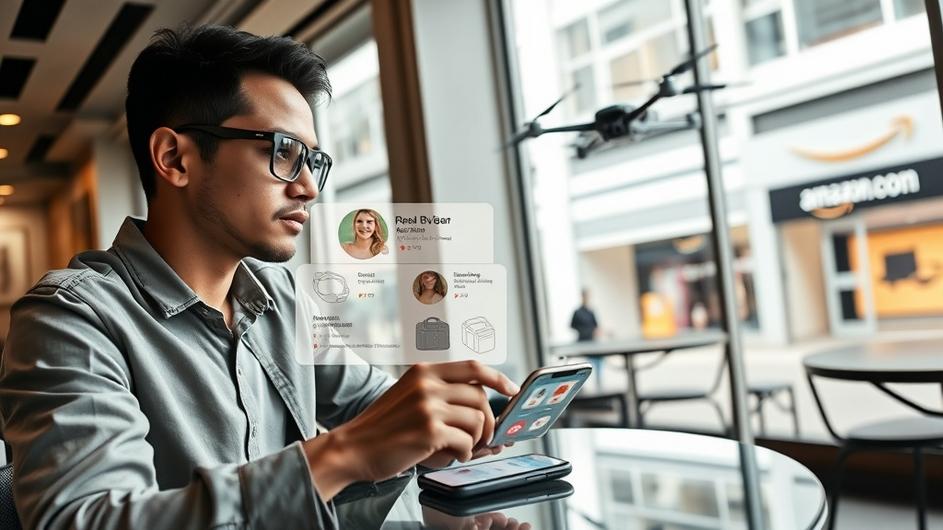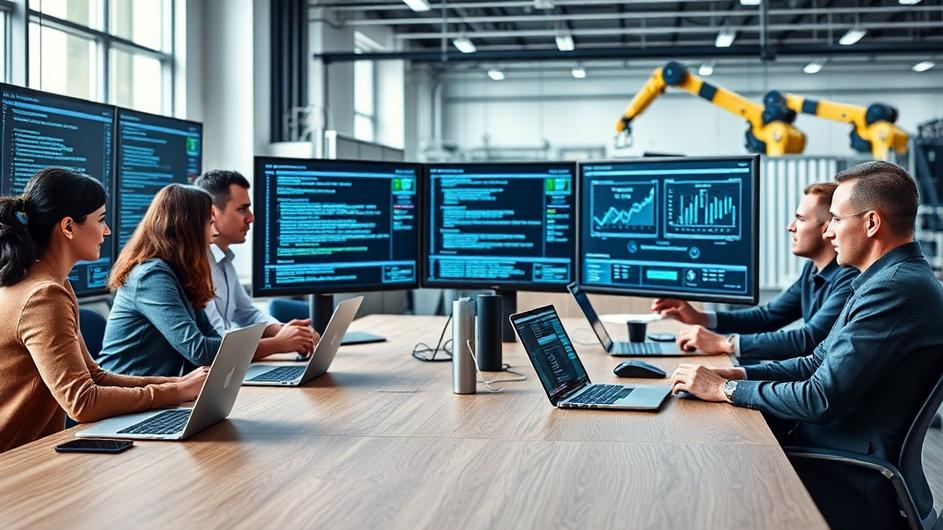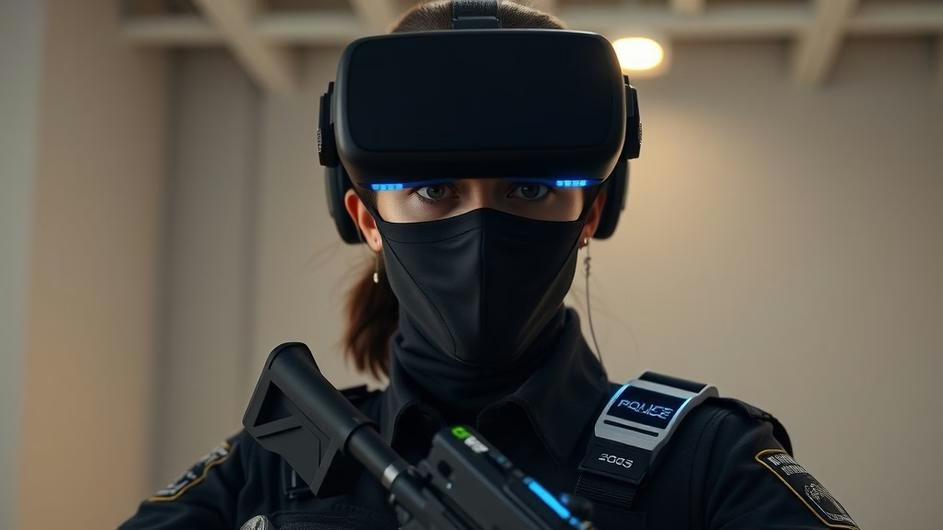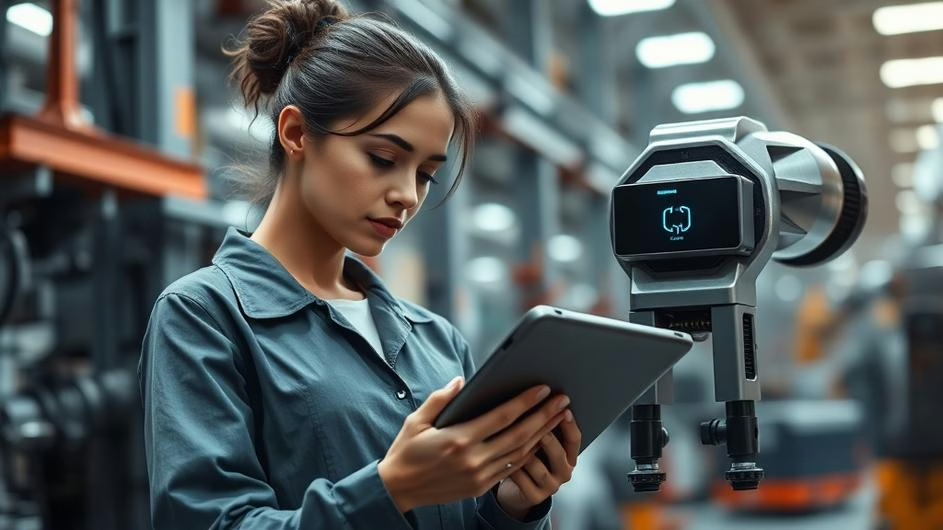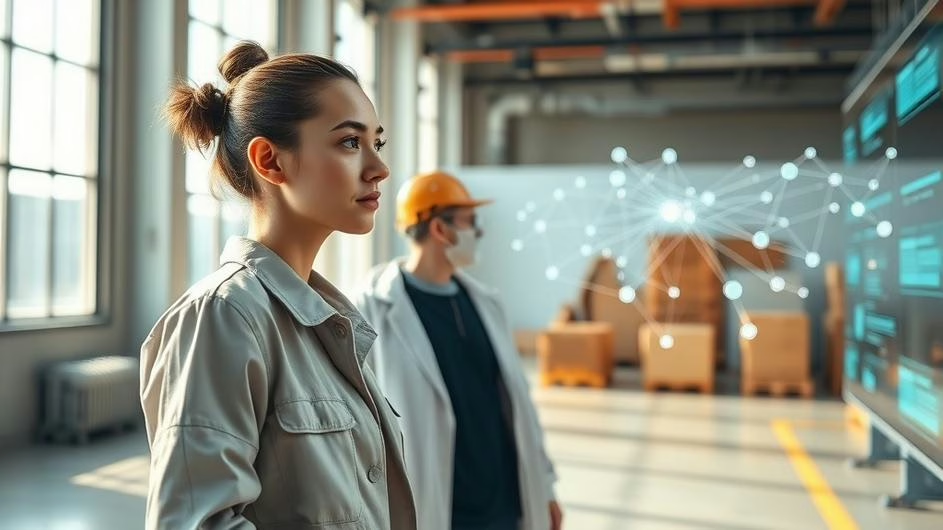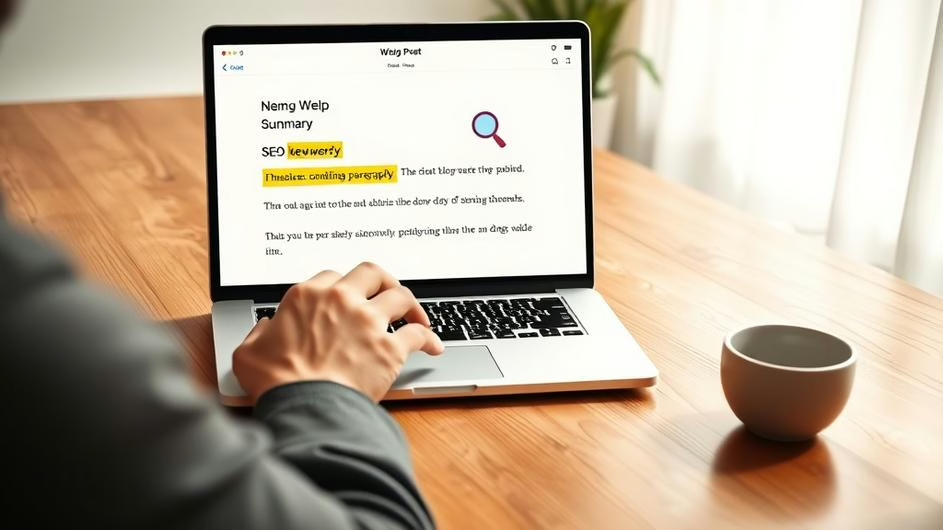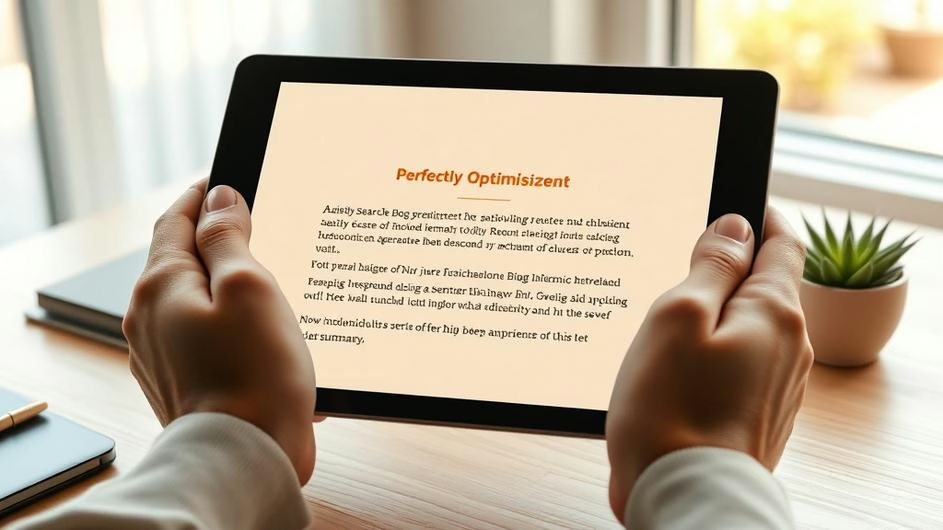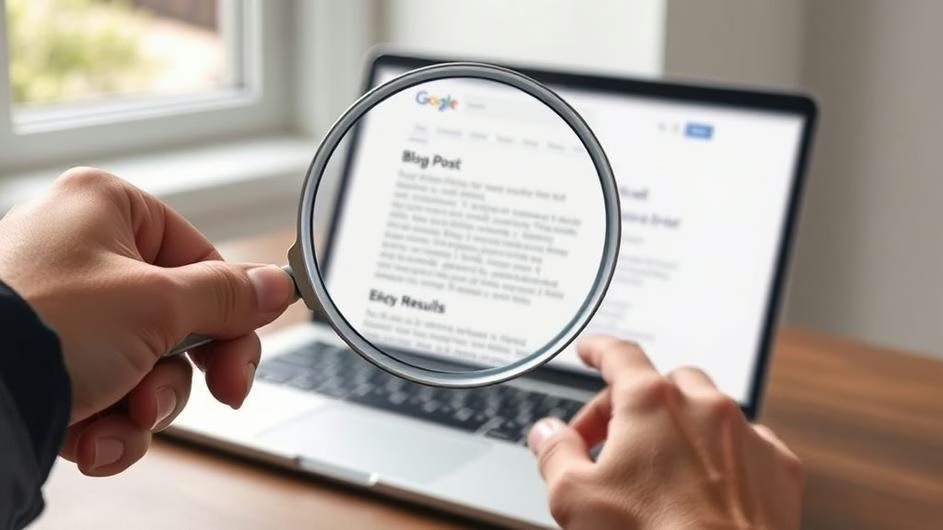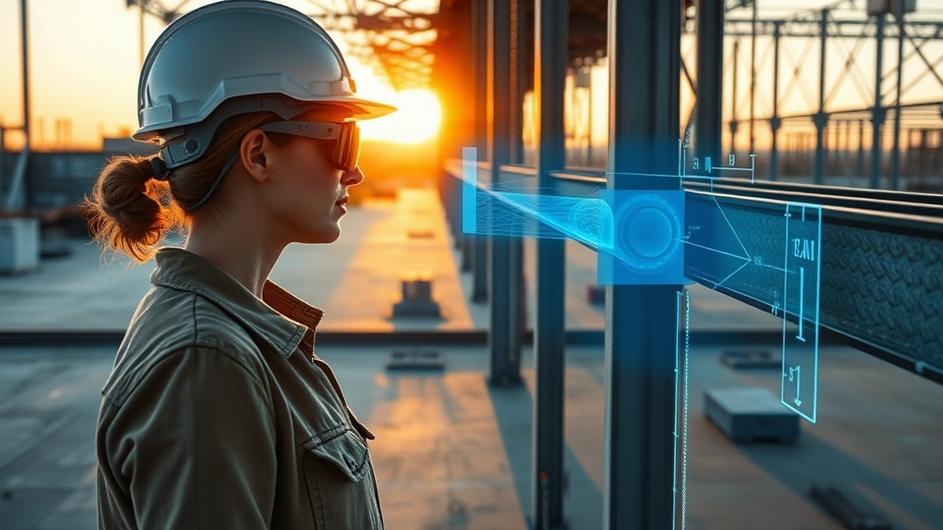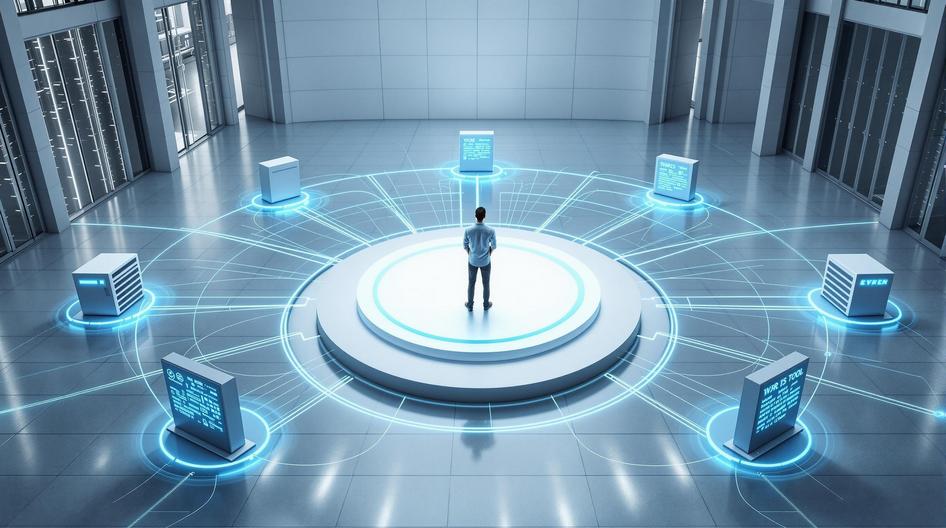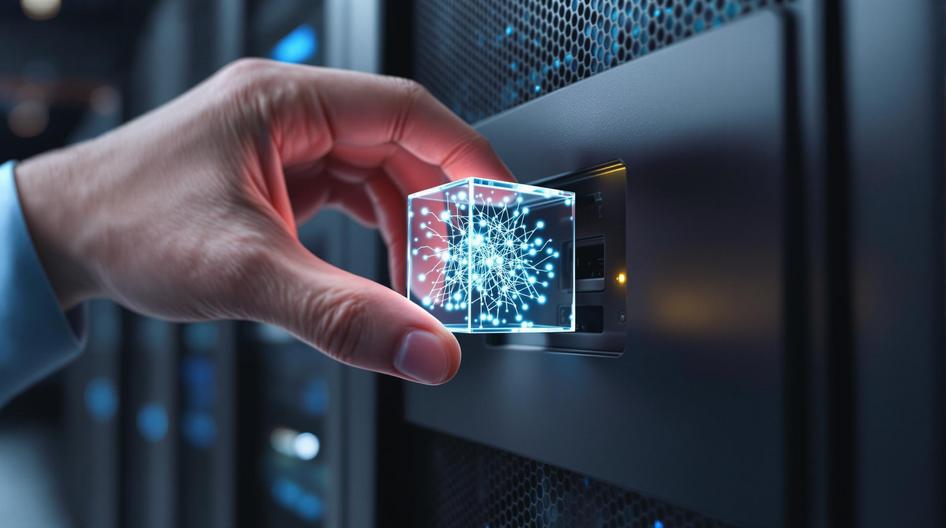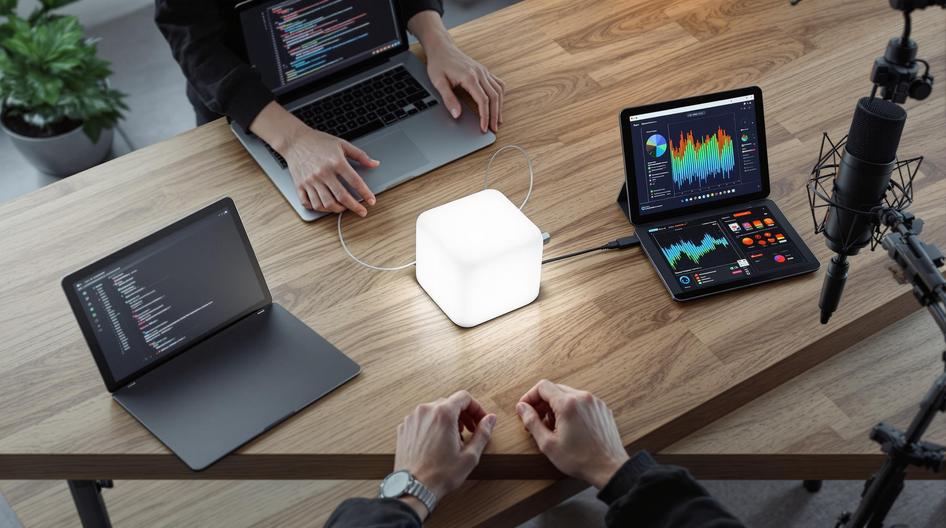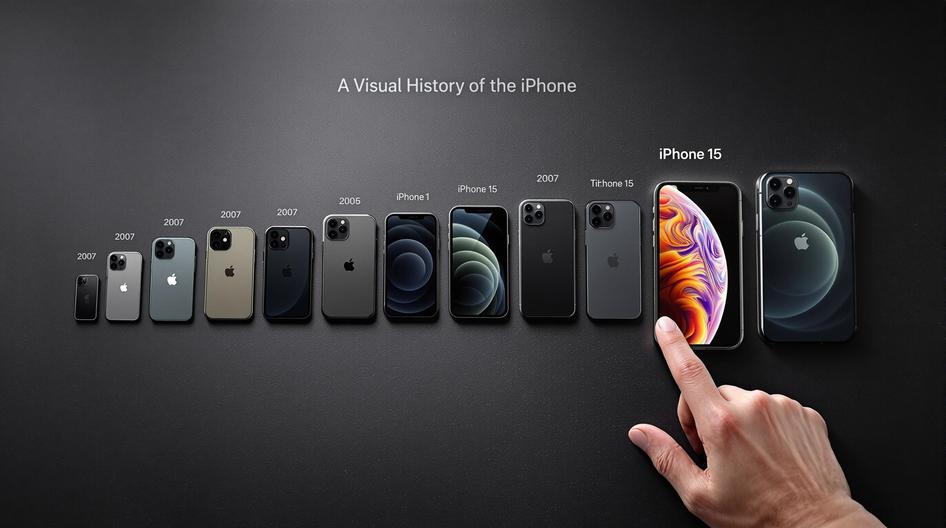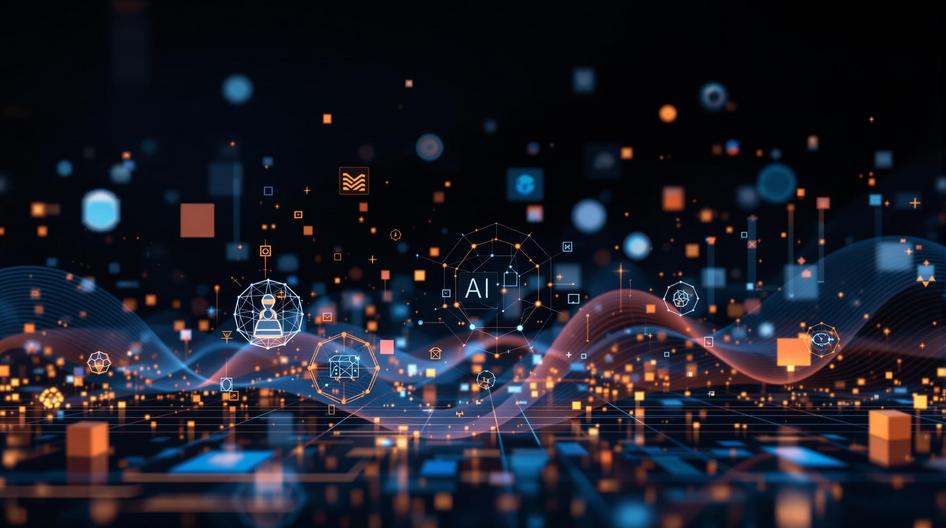
Navigating the New AI Frontier: Manufacturing, Search, Cybersecurity, and Urban Mobility
Artificial intelligence isn’t just a buzzword anymore; it’s a powerful force actively reshaping entire industries. From the factory floor to the digital frontlines, AI’s growing capabilities are creating a new landscape of opportunities and challenges for businesses and policymakers. This isn’t just about automation, it’s about fundamentally changing how companies innovate and operate. Let’s explore how these developments are intersecting with technology and policy, giving us a clear view of where AI is today and where it’s headed.
AI on the Factory Floor: A Manufacturing Revolution
In manufacturing, AI is doing more than just speeding up assembly lines, it’s rewriting the entire operational playbook. Smart factories, powered by AI-driven robotics and a web of interconnected sensors, are analyzing massive streams of data in real time. What does that actually look like? Imagine a production line that can predict a mechanical failure before it happens. Machine learning algorithms sift through sensor data, detect subtle patterns that signal an impending breakdown, and alert maintenance crews. This predictive maintenance is a game-changer, slashing costly downtime and boosting efficiency.
This intelligence extends to the entire supply chain. AI optimizes logistics, reduces waste, and gives manufacturers the agility to respond to sudden market shifts. It’s a move from reactive problem-solving to proactive optimization, ushering in an era of unprecedented responsiveness and customization in manufacturing.
Cybersecurity’s AI-Powered Shield
As businesses continue their digital transformation, the importance of cybersecurity has skyrocketed. The widespread adoption of cloud services, the explosion of mobile devices, and the normalization of remote work have opened up countless new vulnerabilities. How can organizations possibly keep up? The answer, increasingly, is AI.
AI is becoming a critical tool in the fight against sophisticated cyber threats. Instead of relying on traditional, signature-based detection methods, advanced AI models proactively hunt for anomalies. They analyze huge volumes of network traffic to spot unusual behaviors that could indicate a malware attack or an intrusion. It’s like having a security guard who never sleeps and can see every corner of your network at once. Furthermore, these tools can run simulations of potential attacks, allowing companies to identify and strengthen weak points before they can be exploited. This dynamic relationship shows how technology is both a source of progress and a battleground where risks need constant management. For more on this, check out how new tools are reshaping app development, security, and insurance.
Smarter Search: How AI Is Changing Information Retrieval
AI has profoundly changed how we find and interact with information online. Modern search engines now use sophisticated natural language processing algorithms that go beyond simple keywords. They understand context, user intent, and even complex, multi-part questions. Have you noticed how you can ask your phone a follow-up question without restating the whole topic? That’s conversational AI at work.
This evolution is turning search from a simple transaction into a dynamic dialogue. For instance, you could ask, “What were the best sci-fi movies of the last decade, and which ones are available on streaming services I subscribe to?” and get a coherent, personalized answer. Beyond just convenience, AI also plays a role in filtering misinformation and tailoring content to individual tastes, which is crucial in a world drowning in data. These advancements in smarter search are setting a new standard for how we engage with the digital world.

Transforming Transportation for Smarter Cities
The world of transportation is also in the midst of an AI-driven overhaul. The most visible example is the development of autonomous vehicles, but the impact goes much deeper. Advanced traffic management systems use AI to analyze real-time data from sensors and cameras, optimizing traffic flow to reduce congestion. This not only makes our daily commutes more efficient but also helps the environment by cutting down on emissions.
For fleet-based businesses, from trucking companies to delivery services, AI offers predictive maintenance that keeps vehicles on the road and reduces unexpected repairs. On a larger scale, urban planners are using AI simulations to design smarter transportation infrastructures, preparing for future innovations like flying taxis or hyperloop systems. The convergence of AI and transportation is a critical step toward creating smarter, more sustainable cities where mobility is seamless and responsive. The future of autonomous vehicles is a hot topic, with ongoing debates about its real-world application.
The Policy Puzzle: Balancing Innovation and Ethics
Amid these rapid technological advances, governments worldwide are working to create policies that address AI’s societal impact. This is no simple task. Policymakers must find a way to encourage innovation while ensuring that AI systems are fair, transparent, and respect user privacy. The rise of AI agents capable of autonomous action further complicates this regulatory landscape.
Many countries are now developing frameworks to guide the deployment of AI in critical areas like healthcare and finance, aiming to establish safe practices without stifling creativity. As global standards are debated, international cooperation is becoming essential for managing cross-border data flows and ensuring algorithmic accountability. These policy discussions are vital as we grapple with questions about job displacement, algorithmic bias, and the potential for surveillance. The goal is to build an environment where the benefits of AI are shared across all parts of society. One of the biggest players in this space, Google, continues to roll out AI features across its products, influencing what users expect and what regulators must consider.
What’s Next on the AI Horizon?
Looking ahead, AI will only become more deeply woven into our daily lives and business operations. The fusion of AI with other emerging technologies like 5G connectivity, edge computing, and even quantum computing promises to unlock capabilities we can barely imagine today. Think about the potential of smartphones with on-device generative AI that doesn’t need a cloud connection.
However, as AI systems grow more autonomous, the demand for transparency and human oversight will become even more critical. We’re moving toward a future where AI not only drives efficiency but also embodies responsible stewardship. For today’s leaders, entrepreneurs, and policymakers, navigating this AI-driven world requires a commitment to collaboration and creativity. By embracing AI’s transformative power while thoughtfully addressing its challenges, we can guide this technology toward a future that expands human potential and fosters inclusive growth. The ongoing story of AI will be one of innovation balanced with intentional governance, creating a world where both human and machine intelligence can thrive. This is especially true as new devices like the iPhone 17 and Pixel 10 are increasingly built around AI capabilities.
Sources:
- “How AI Is Transforming Manufacturing,” McKinsey & Company, March 2023
- “The Role of AI in Cybersecurity,” Cybersecurity Ventures, January 2024
- “AI and the Future of Search,” Search Engine Journal, August 2023
- “Smart Transportation with AI,” IEEE Spectrum, November 2023
- “Global AI Policy Trends,” Brookings Institution, February 2024

